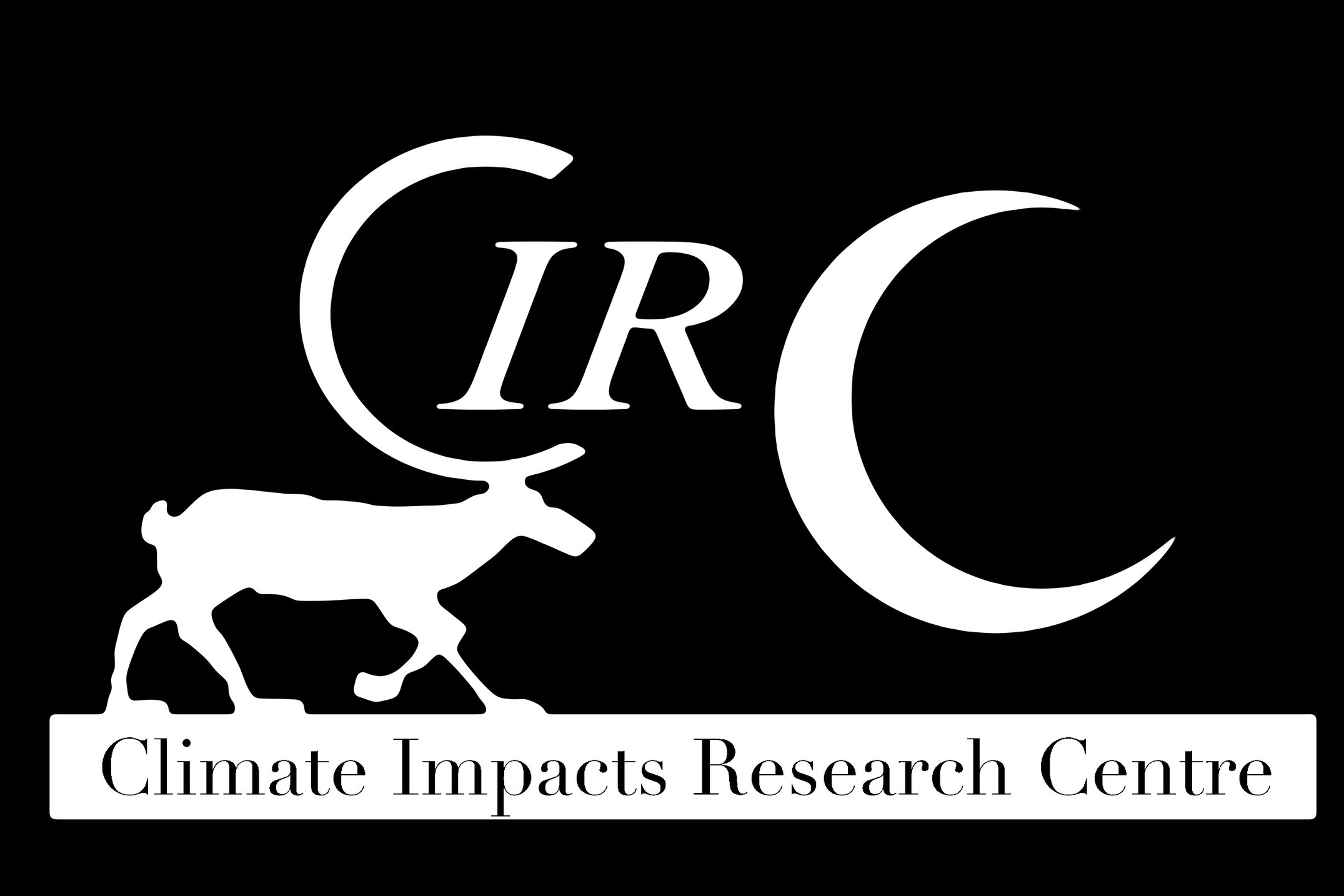Nutrient availability along two arctic successional gradients
Project summary
Understanding how plant succession is influenced by climate warming is a key issue for understanding how arctic landscapes will change in the future. At high latitudes, low temperature drives disturbance and the consequent primary succession (e.g. cryoturbation, glacier advance and retreat). At the same time, low temperature regulates plant performance directly and indirectly via soil nutrient limitation due to the low activity of soil microbes. Cryoturbation that produces sorted circles and glacier retreat that exposes glacial forelands are two of the main disturbance factors which initiate primary succession in the Arctic.
In a recent study in the Abisko area it was shown that these two systems, sorted circles and glacial retreat, show similar trajectories of primary succession of vegetation (Makoto and Wilson 2016) despite the fact that they have very different scales (circles: 1-2 m; forelands 2-4 km). During primary succession, the dominant growth form changed from lichen, moss, deciduous vascular plants, and to evergreen vascular plants. On the other, Makoto and Wilson (2016) did not directly assess edaphic factors. For example, succession on sorted circles occurs on relatively silt-rich overburden which likely affects nutrient availability, plant performance and soil microbial activity. In this long-term research program we want to experimentally assess the role of nutrients in regulating primary succession in these contrasting systems. If succession is limited by dispersal, then we expect that all vegetation types along the successional sequence will respond to nutrient addition (null hypothesis). In contrast, if succession is also controlled by the nutrient accumulation that accompanies ecosystem development, then we expect that early-succession stages should have greater responses than later stages to nutrient addition, because they are more nutrient-limited. Lastly, because circles are based on different overburden than forelands (deeper, finer, more nutrient-poor silt), we expect to find differences between circles and forelands.
To test the relative importance of nutrient enrichment between the two succession sequences, we will investigate the impact of nutrient addition on vegetation. It is important to understand whether the influence of nutrient enrichment on primary succession is different or not to predict the consequence of climate change across wide range of terrestrial landscapes, which includes similar vegetation succession sequences but are established on different disturbances. To our knowledge, our study system is the only ecosystem available to test our hypothesis, which includes two types of primary successions with different spatial scales but with similar species pools.




